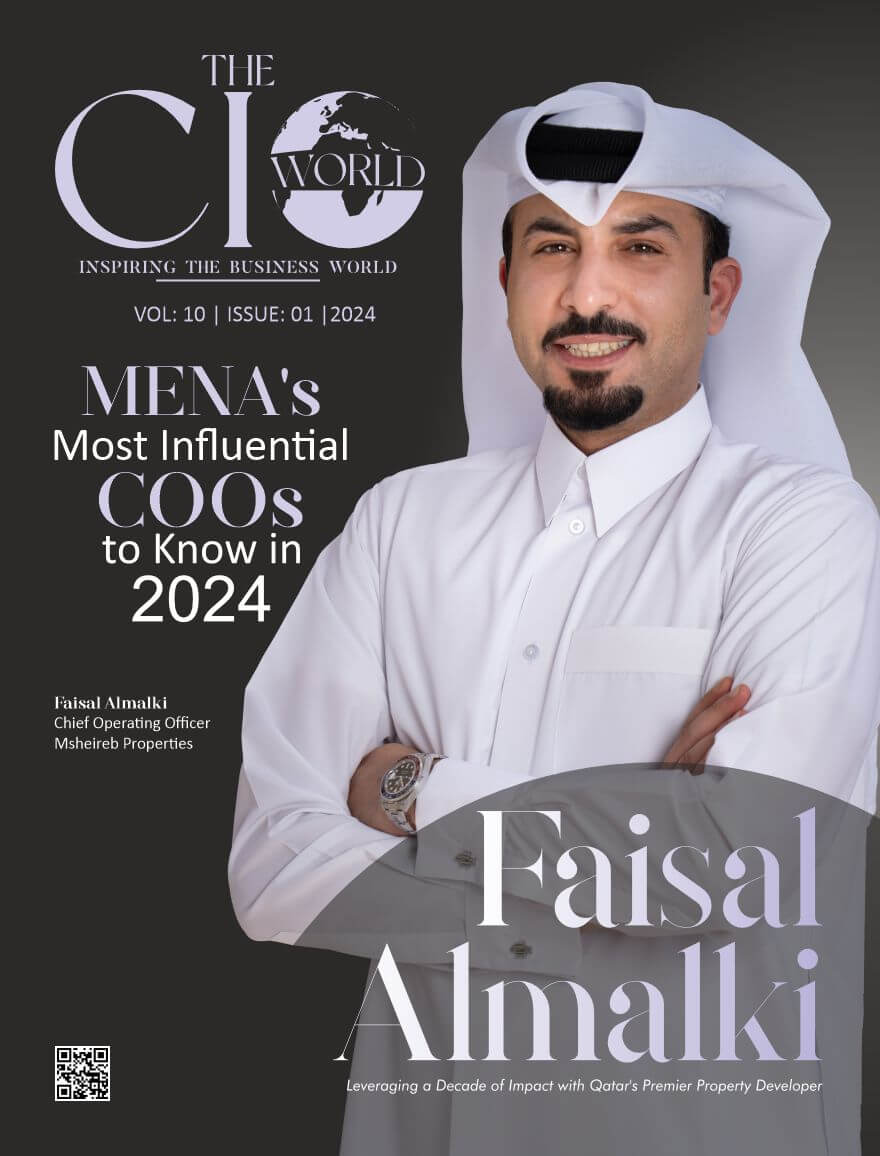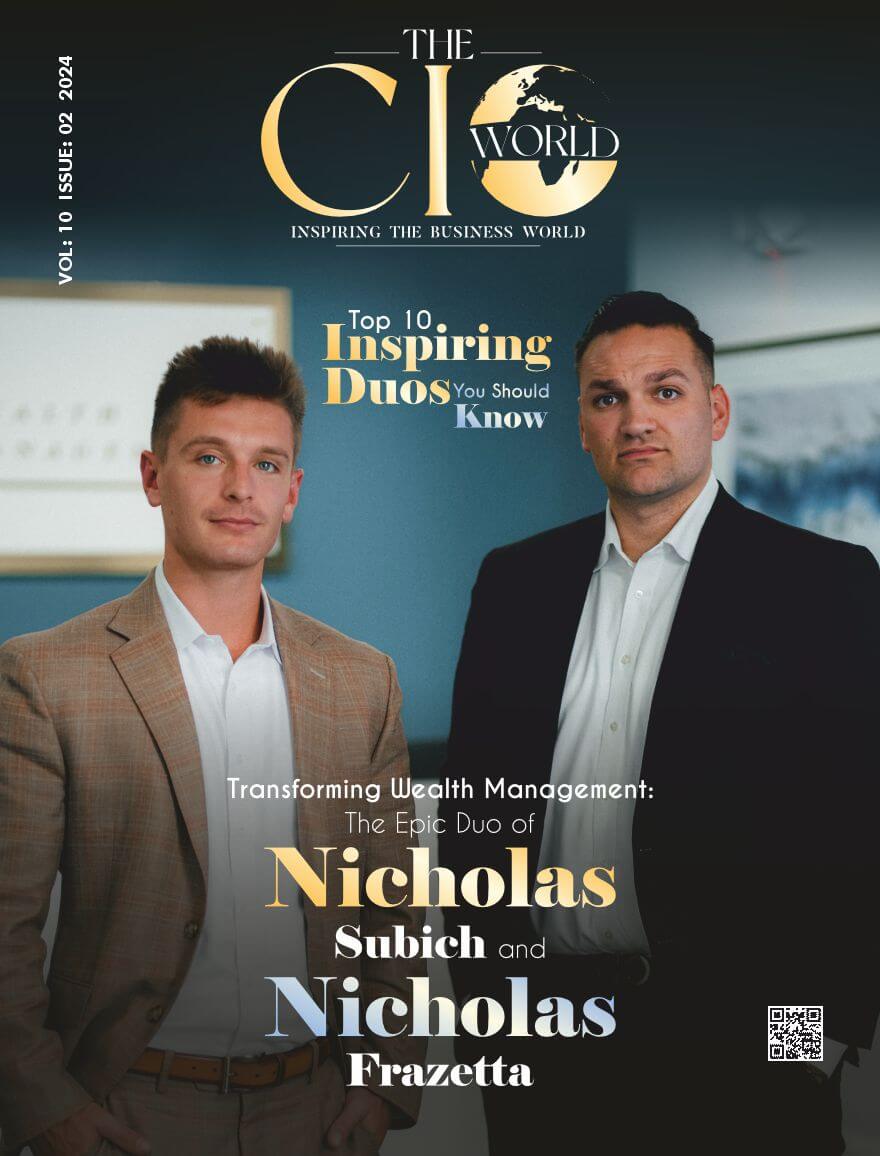The Chief Investment Officers are, in finance, responsible for ensuring that an appropriate investment strategy is followed by any organization-from pension funds to private wealth management firms-including mutual funds. Their roles are complex and diverse in nature, which involve striking a balance between returns for short periods of time and long-term objectives.
This article looks at how CIOs navigate this daunting environment to ensure that their organizations are competitive as well as ensure sustainable growth.
Understanding the Two-faced Focus
CIOs face a unique challenge in striking a balance between short-term financial performance and long-term growth. Short-term goals always tend to maximize returns over a given time frame, typically measured in periods of months to years.
Such goals are becoming increasingly hostage to market trends, economic conditions, and investor sentiment. Long term goals, for their part, may require measures that may take even years or decades to be materialized: developing a diversified portfolio that is immune to the fiscal vagaries of the market while working according to the maxim of the organization.
The implications of this balance cannot be overstated. Indeed, a major financial research firm reports that 68 percent of institutional investors believe a long-term investment strategy is necessary to achieve superior returns. Yet 54 percent also said they feel a short-term pressure responsibility driven by the market and stakeholders’ expectations.
Strategic Asset Allocation
One of the most indispensable instruments CIOs use in achieving this balance is strategic asset allocation. This allows an investment portfolio to be split over asset classes such as stocks, bonds, real estate, and alternative investments. By hedging risks from fluctuating markets, CIOs position a portfolio for long-term growth.
For instance, during periods of economic instability or when a market is likely to depreciate, CIOs are likely to turn more conservative by holding bonds and cash equivalents as a way of conserving capital. Conversely, when the market appears to be bullish, they increase their equity or alternative investment allocations for monetization of short-term benefits. This is the case because they may flexibly adjust their strategies in line with prevailing market conditions and still attain long-term goals.
Risk Management
Effective risk management is another critical aspect of balancing short-term and long-term goals. There is a need to constantly monitor and adjust risks connected with an investment decision by the CIO. Such considerations, apart from market risks, also include credit risk, liquidity risk, and operational risk.
To reduce these risks, many CIOs implement super-advanced analytical tools and models that could predict possible outcomes against a variety of scenarios. For example, stress testing can clearly illustrate what a portfolio might do in adverse economic conditions. The fact of knowing these possibilities and their respective effects on short-term and long-term objectives will allow the CIO to make decisions that are in line with the overall strategy.
Involving Stakeholders
That balance can be achieved by maintaining that depth of communication with all the stakeholders. CIOs need to continuously interact with boards of directors, investment committees among others for mutual understanding of investment strategies placed before them. In that regard, communication ensures that expectations on short-term performance and long-term growth are realistic.
Stakeholders often have competing priorities. Some would advocate for a quick return on investment in order to service their cash flow requirements or for performance reviews. Others would insist on a more patient approach that seeks sustainable growth over time. Since CIOs provide an environment in which open discussion can take place between stakeholders with differing perspectives, balancing the decision-making is made possible.
Performance Measurement
This is another form of performance measurement exercise in which the CIOs need to tread carefully, as such measures traditionally tend to highlight short-term returns. However, sometimes these metrics hide the real value from investment strategies that appear whenever a long-term perspective is applied. In this regard, many CIOs have actually resorted to more extensive performance measurement frameworks that consider both short-term and long-term indicators.
Hence, though any type of quarterly returns signifies a short-term success, metrics such as compound annual growth rate or risk-adjusted return are those which would provide for how an investment strategy works over a period of time. That means if CIOs meld such metrics and use them, they would be able to provide better appraisal of how well they would be in terms of their ability to deliver both the near-term result as well as long-term prosperity.
Controlling Time and Its Dynamism
The nature of the financial landscape is constantly being altered by new technologies, by virtue of changing regulatory requirements, or by new demands from investors. This makes being strategic agile a challenge that CIOs have to balance change with being true to their long-term vision-a rebalancing of asset allocations or perhaps finding new investments that track emerging themes.
For instance, the recent trend of sustainable investments has compelled many chief investment officers to include ESG components in their processes. Research from a leading financial consultancy reveals that today, 85% of institutional investors consider ESG factors when determining which investments to make. That in itself is a testament to how gradually yet surely practices are gaining recognition as sustainable and hence lead to better long-term financial performances.
Conclusion
A salient challenge of contemporary CIOs is balancing the short- and long-term interests. With asset allocation remaining at the heart of this undertaking, effective risk management processes, meaningful stakeholder engagement, adoption of all-encompassing performance measurement frameworks, and openness to change remain key to successful navigation of this complex financial environment.
Ultimately, successful investment strategies depend upon the ability to balance short-term financial performance with sustainable growth. It is here that an investment strategy will either make or break an organization. In markets that continue to shift, and investor expectations that continue to change, the CIO will be in a position to help determine the future course of investment management.







